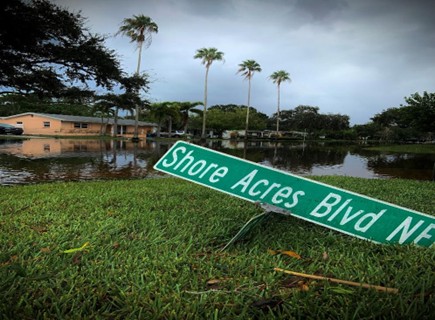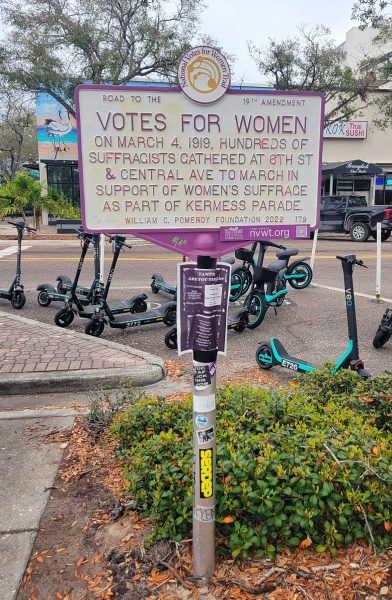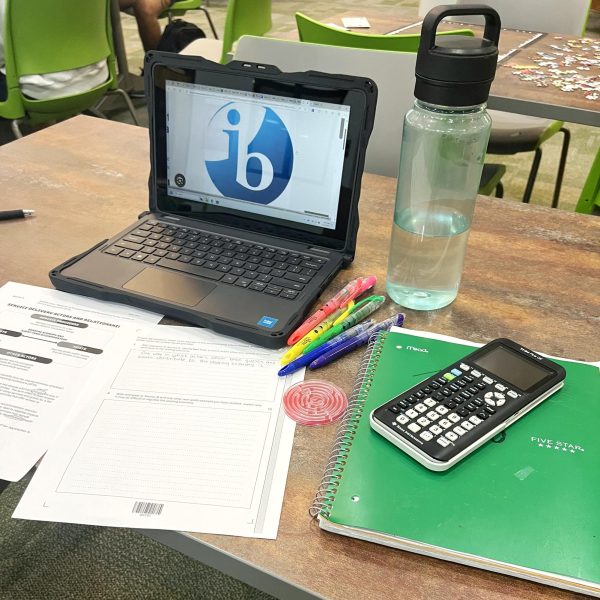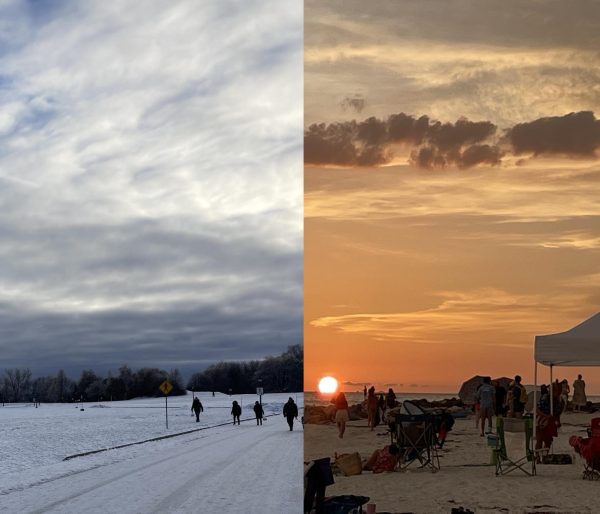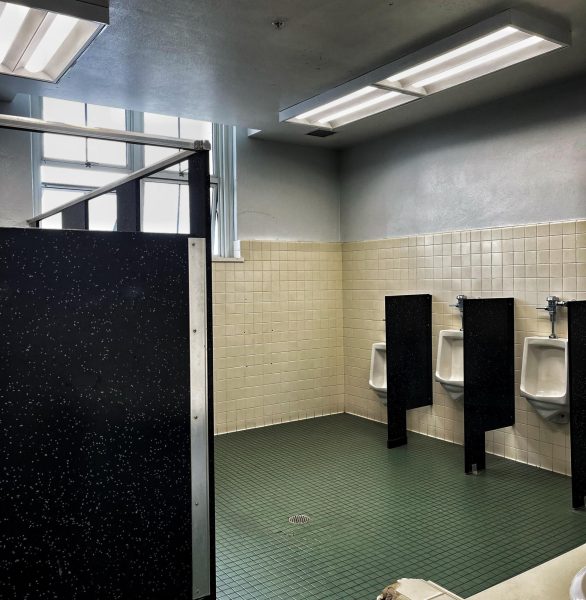Systemic Racism in the Public School System
The effects of discrimination in childhood development are staggering, and even in schools — a place where children should feel safe and free to be themselves — kids are put into yet another environment where they must be wary of their actions simply because of their identity.
The constant targeting of CRT — critical race theory — has ignited many controversies with politicians and parents who believe the theory encourages racism by bring attention to systemic problems within America’s policies and laws. CRT, however, is not being taught in grade schools; it is a higher education method taught in law school. As media coverage has swarmed the movement to ban critical race theory from schools, the same attention has failed to appear in the actual research-backed studies showing the disproportionate funding and resources awarded to predominantly white schools as opposed to predominantly nonwhite schools.
Research shows there is correlation between children who experience discrimination from teachers and school counselors and having a negative association with school, lower academic motivation, and a higher dropout rate. However, this discrimination and inequality goes well below the surface of school staff; schools with 90% or more students of color spend $733 less per student, and predominantly nonwhite schools receive $23 billion less in funding annually. It is vital to understand how important proper funding is in the public school system; without substantial funding and resources, students lag behind average education targets and do not have the resources to experience the same level of academic quality visible in properly funded schools. Additionally, during the 2008 recession and the pandemic, public school funding was cut and has still not been updated to fit the current needs. Funding issues not only affect the availability of academic resources; the U.S. Government Accountability Office estimates over 50% of schools need to update air conditioning and plumbing systems so as not to have a negative effect on students’ health.
While there is not enough funding, the funds that do exist may be going to the wrong places, studies show nearly $960 million is spent on upgrading security systems, and while this is important, the tactics used by schools seem to be considerably ineffective. A recent study shows about 1.7 million students attend schools with police officers but no counselors, 3 million students attend schools with police officers but no nurses, 6 million students attend schools with police officers but no psychologists, and 10 million students attend schools with police officers but no social workers (aclu.org).
The long-term effects of this continued discrimination propose a retrogressive slide into a world where education is a privilege. Allowing such a regression would further instill elitist and discriminatory attitudes in the educational field that would lead to the same attitudes being apparent societally. Education systems are the backbone of society, and their equal availability is essential to the future generations for whom the current ones speak.


